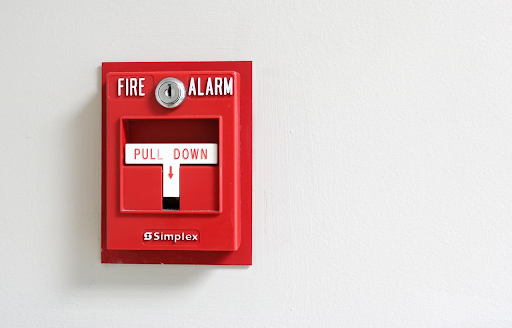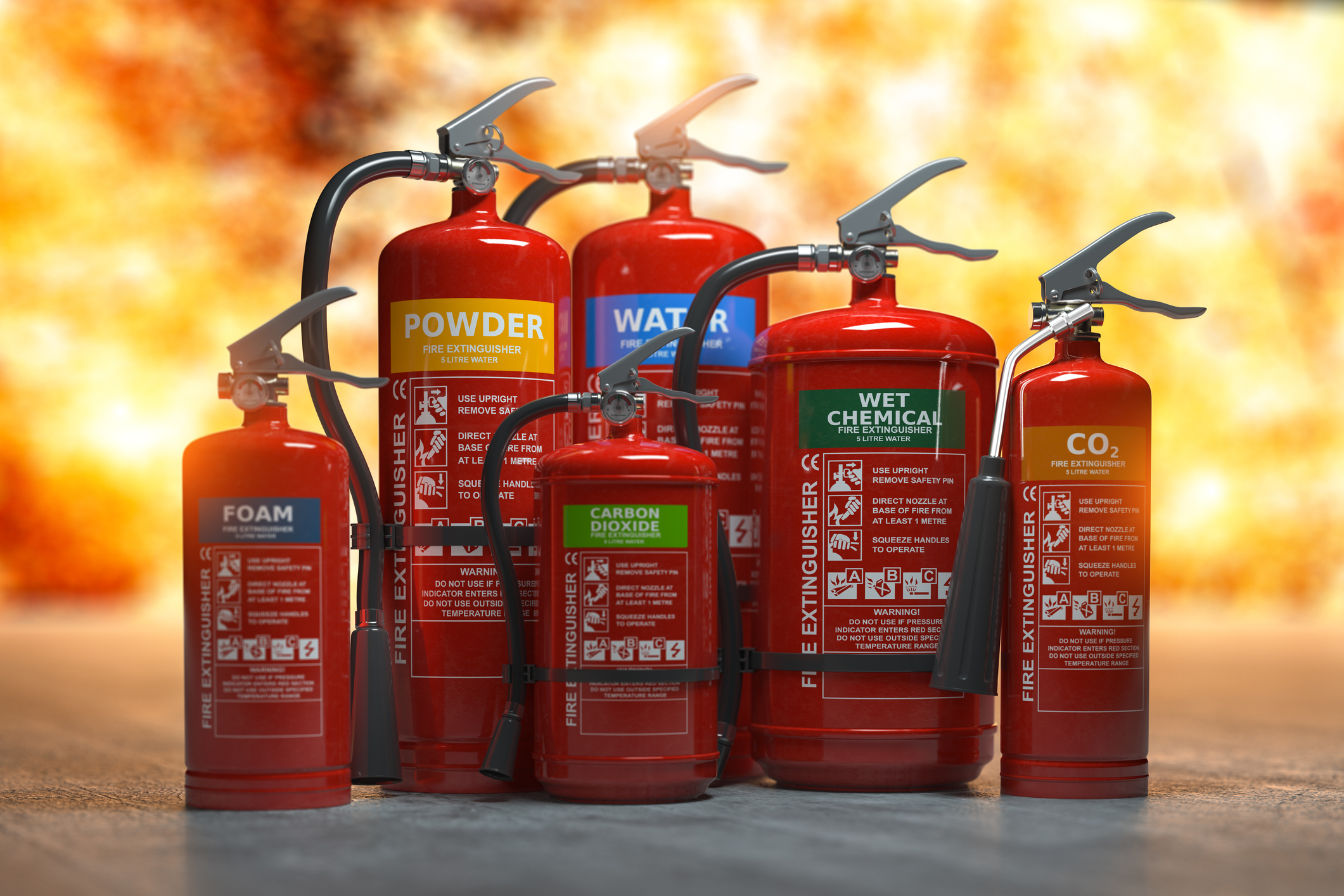Table of Content
A home is one of the most valuable belongings that an individual can own. Owning a house entails a great deal of responsibility, including the duty of ensuring its safety. While adding an additional coat of paint can enhance the appearance of your home, it is crucial to also prioritize safety concerns. Experiencing a fire in the home feels incredibly terrifying. While having home insurance can provide a sense of security for your home, it is also important to incorporate fire-resistant layers for added protection.
Fire is inevitable indoors, and there are various ways in which it can cause problems in your home. Therefore, intelligence is found in preventing those paths from damaging your home and ruining any valuable belongings in the residence as well as your loved ones. To achieve this, you can make your home resistant to fire. If you haven't considered it yet, it's time to start thinking about it and take the initial action.
Let us understand some ways to fireproof your home with the help of this guide:
1. A FIRE ALARM KEEPS YOU ALARMED:

Having a fire or smoke alarm in your home is essential for ensuring its fire safety. It provides an early indication of any fire threat, allowing you to take control before it escalates. There exist various types of fire alarms that do not need a lot of space in your home. It can be easily placed on the ceiling and will create a smooth, protective surface with little effort.
2. USE FIRE-RESISTANT MATERIALS:
When designing your home's interior, it is important to prioritize both safety and aesthetics. Consider using fire-resistant curtains to prevent the spread of fire throughout your home because curtains can easily ignite and contribute to the fire's rapid progression. Also, since wood can easily ignite, it would be wise to steer clear of using it in your indoor spaces. Instead of rugs and carpets, you can also opt for materials like concrete, tiles, etc. Fire-resistant rugs and carpets are effective in reducing the spread of fire. Protecting your home well can keep it safe and lower your home insurance costs.
3. KEEP A HANDY FIRE EXTINGUISHER:

If the fire in your house gets out of control, the most important item you should have is a fire extinguisher. Regardless of your home's size, it is essential to have a fire extinguisher easily accessible at a convenient height and location. Each family member needs to learn how to use the tool in order to be able to extinguish the fire if necessary. Ensure you regularly check the fire extinguisher to make sure it will work properly in case of emergency.
4. CLEAR THE DEAD VEGETATION:
Greenery is beneficial and nutritious as long as it remains in a green and living state. Ensure that you trim the shrubs and greenery around your house regularly and eliminate any dried or dead vegetation. They are very prone to catching fire and can easily contribute to the rapid spread of flames. You can choose to do it on weekends or get a professional to do the job.
5. WINDOWS CAN BE THE SOURCE:
Windows are designed to shield your home from dust, debris, and too much sunlight. Yet, these windows are also susceptible to shattering in the event of high temperatures from a fire. Therefore, if your home is constructed in close proximity to regions at high risk of wildfires, it is crucial to give special consideration to the windows. If your house is already constructed and you don't think the windows provide enough protection against fire, think about redesigning them. A window with two panes can be quite beneficial. In case a single layer is damaged, there is still an opportunity to rescue your home from a fire. A window with two panes can help stop a fire from getting into your house if there is a fire nearby.
6. FIRE DOORS, A WAY TO ESCAPE A FIRE:
It is strongly recommended to have fire doors in homes that are at risk of fire. These doors are designed to withstand fire for over one hour and protect the surrounding area from harm. It is advisable to install fire doors in your home to slow down the spread of fire in case of an emergency, giving you more time to evacuate and protect your loved ones and belongings.
7. PROTECT THE ROOF:
An armoured roof is the ideal protection for your home, providing safety and fire resistance. When considering fire protection, the roof is crucial and it is essential to use the suggested fire-resistant materials to ensure the long-term safety of your home from fire.
8. AVOID TOO MANY CARPETS AND RUGS IN THE HOUSE:
Carpets and rugs add to the attractiveness of your home. Nonetheless, if your home is at increased risk of fire or located in a fire-prone area, it is advisable to utilize only necessary carpets and rugs. Having an excess of carpets increases the likelihood of fire spreading, while concrete or stone floors can prevent fire but not carpets. Utilize carpets that are resistant to fire and use them in minimal amounts.
9. CONSTRUCT MINIMUM WOODEN CUPBOARDS:
The majority of cupboards and wardrobes are constructed from wood and wooden materials, which increases the likelihood of them quickly igniting if a fire occurs. Therefore, it is recommended to only use materials that can resist fire when choosing items for this purpose. Also, it is important to avoid having extra cupboards and wardrobes in the house if there is a risk of fire.
10. KEEP CHEMICALS ALOOF:
Make sure to keep chemicals or flammable materials stored separately in your house and not in any communal areas. Chemicals and flammable materials can cause terrible accidents, so they should be kept in a separate area and securely covered.
CONCLUSION
Constructing a house that is completely resistant to fire, allowing for worry-free sleeping, is unachievable. Nevertheless, being cautious, staying vigilant, and obtaining home insurance are ways to prevent significant repercussions. To do this, you can adhere to the tips mentioned above. Regular fire inspections in your home should also be carried out to ensure the safety and security of the premises, as well as to prevent any potential fire hazards. Performing audits regularly is essential for guaranteeing safety. Implementing precautionary measures can help prevent significant damages and ensure the safety of your home and loved ones. Utilize building materials and items in the house that are resistant to fire. Be cautious and ensure your safety!



_1767683336.webp)





Ans 1. Install smoke alarms on every level of your home, inside bedrooms and outside sleeping areas. Test smoke alarms every month. If they're not working, change the batteries. Talk with all family members about a fire escape plan and practice the plan twice a year.
Ans 2. Common materials used include solid lumber, plywood, OSB, Particle board, gypsum board, cement fiberboard, or glass fiber insulation batts.
Ans 3. Install double-paned or tempered-glass windows. Use metal framing or aluminum coverings for wood or vinyl. Use a fiberglass or metal screen. Use drapes and shutters that are fire resistant to help reduce the likelihood of fire spread.
Ans 4. INTRODUCTION. Fire safety is the set of practices intended to reduce the destruction caused by fire. Fire safety measures include those that are intended to prevent ignition of an uncontrolled fire, and those that are used to limit the development and effects of a fire after it starts.
Ans 5. Top 5 Rules for Preventing Fires 1) Keep Flammable Materials Away From Heat Sources. ... 2) Inspect Your Electrical Cords and Appliances for Damage. ... 3) Make Sure You Have a Working Fire Extinguisher in Your Home. ... 4) Plan and Practice a Fire Escape Route. ... 5) Install Smoke Detectors and Test Them Regularly. ... Conclusion.